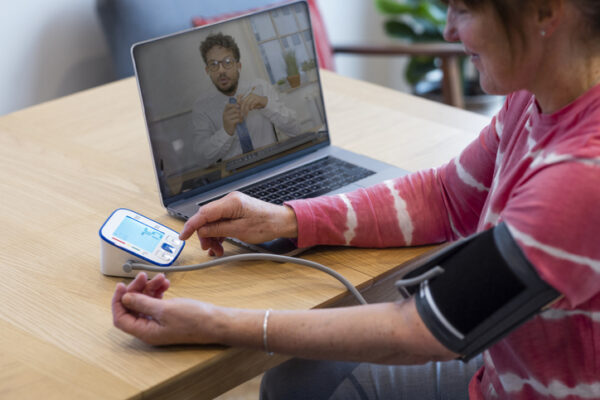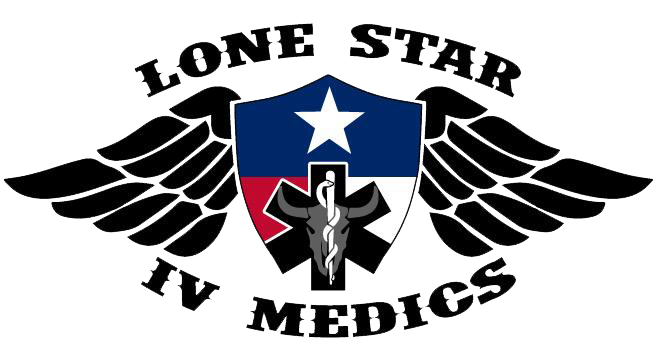
Remote Patient Monitoring (RPM) is not just a technological innovation; it’s a game-changer in healthcare that lets providers continuously monitor their patients’ health conditions and empowers patients to take control of their own healthcare journeys. In fact, analysis of data from thousands of patients in a remote blood pressure monitoring program shows patients who stick with the program see substantial improvements in their blood pressure. Yet, despite clear benefits, widespread adoption of RPM across the healthcare sector remains sluggish. Why the hesitation? And more importantly, how can we overcome these barriers to unlock the full potential of RPM?
Means to an end
The Covid-19 pandemic fast-tracked telehealth services, and RPM was a natural extension of this shift toward more flexible, patient-centered care. The ongoing oversight that RPM offers can lead to marked improvements in critical health metrics, such as blood pressure, particularly for patients who consistently engage with the RPM programs. It’s a lifeline amid global clinician shortages, allowing providers to monitor patients remotely. The integration of digital technologies in RPM not only facilitates more flexible care but also aligns with evolving patient expectations for accessible and responsive healthcare services.
But RPM truly shines in population health management strategies. When combined with chronic care management, medication adherence and other health readings, providers can get a truly comprehensive view. That allows them to follow along and adjust treatment as necessary, rather than trying to piece together individual data points.
So, what’s the hold up?
Despite these clear benefits, healthcare providers and payers have been slow to adopt RPM. There are some challenges that providers and payers need to overcome, but they’re not unsurmountable. At the end of the day, it comes down to whether organizations believe that tapping the potential of patient data improves care and outcomes. If they do, it’s just a matter of investing in the technologies and processes to do just that.
For providers, integrating RPM with traditional care methods and existing systems can be a headache. It’s time-consuming and often doesn’t always play nice with electronic medical record systems. Many smaller providers lack the in-house expertise to manage them effectively. Additionally, financial uncertainties around billing for RPM services can deter providers — and that comes at a time when transparency around the financials is critical. Nurse time tracking logs can vary dramatically by vendor in their specificity. The perceived value of RPM programs is not always immediately clear to clinicians, which can lead to a lack of enthusiasm within medical practices. And they may worry that some patients may not use the devices correctly, regularly upload their data or fully understand the purpose of RPM. And if patient engagement is low, the effectiveness of RPM could be limited. If clinicians don’t see the immediate value, they’re less likely to support it.
Payers, meanwhile, struggle to see a compelling business case. They’re cautious about investing in RPM programs that might compete with their existing services or require substantial upfront costs without clear, immediate returns.
Where do we go from here?
To overcome any challenges and ensure that RPM reaches its full potential, both providers and payers need to implement several key strategies — and technology is a key component to making everything easier on all organizations.
Providers should conduct regular risk stratification to identify patients who are eligible for RPM, ensuring that these patients are aware of and understand the benefits of the program. During patient visits, it’s crucial that providers discuss the benefits of RPM to encourage participation. Providers also need a sustained internal marketing effort and leverage nurse escalation to manage patient care plans. Education and training for both providers and patients is essential to bridge the generational technology gap and to show the tangible benefits of RPM for patient outcomes.
Payers, on the other hand, need that compelling business case that emphasizes the long-term cost savings and improved patient outcomes associated with RPM. They should help reduce financial barriers for both providers and patients by covering the costs of RPM devices and minimizing or eliminating copays. Investing in marketing and educational campaigns to improve awareness of RPM’s benefits among healthcare providers and patients is also important. Streamlining the billing and reimbursement processes to make it easier for providers to receive payments for RPM services will encourage more widespread use of this technology.
The future of RPM depends on both providers and payers embracing this technology as a cornerstone for transforming healthcare delivery. By focusing on the substantial benefits of RPM and using collaborative strategies, the healthcare industry can ensure that RPM reaches its full potential in improving patient care and operational efficiency. This approach not only meets current healthcare demands but also sets a foundation for future innovations in patient care management.
Photo: SolStock, Getty Images
Asher Perzigian is a Managing Director in Accenture’s Health Practice and a recognized leader in commercializing and scaling innovative business transformation programs. Asher has worked with some of the leading healthcare providers, payers, vendors, and life sciences organizations in North America, and is responsible for Accenture’s relationship with one of the firm’s largest and most complex provider and care delivery clients. Asher lives in Chicago with his wife, son, and daughter and enjoys live music, hockey, running, and spending time with his large extended family. Asher is co-host of the Mavericks in Healthcare: Chronicles of Innovation Podcast Series.
Charlie McClurg is VP of Strategy at Remote Care Partners. He is drawn to the aim of better care delivery, lower costs, and streamlined processes, not only because this has been the focus of his entire healthcare career, but because he feels most companies miss the mark here. Too often players in this space are looking for a larger slice of a growing pie, when in reality, the aim is to shrink the pie. This concept is usually overlooked, misunderstood, or even dismissed. He also believes, certainly in healthcare, the mantra of “meeting the customer where they’re at” sells the opportunities short; we have the ability to show customers a better way. “Where customers are at” is entrenched in decades old, misaligned incentives and outmoded systems design. This isn’t dispiriting, it’s inspiring; we can help. Our goal is to help reframe the opportunities and fundamentally change how healthcare leadership thinks about running their businesses. Charlie was born, raised, and currently resides in Austin, TX.
Elizabeth Annis is a Senior Manager in Accenture’s Strategy & Consulting Health Practice. Elizabeth has worked with healthcare providers and payers across the US executing complex organizational transformations, ranging from operating model design to cost optimization. With a background in public policy and public health, her experiences across sectors enable her to navigate intricate industry challenges and achieve measurable improvements for clients. Elizabeth is passionate about using evidence-based solutions to drive effective operations and ensure affordable and accessible health care. Elizabeth has lived on both coasts and now resides in Washington, DC.
This post appears through the MedCity Influencers program. Anyone can publish their perspective on business and innovation in healthcare on MedCity News through MedCity Influencers. Click here to find out how.











